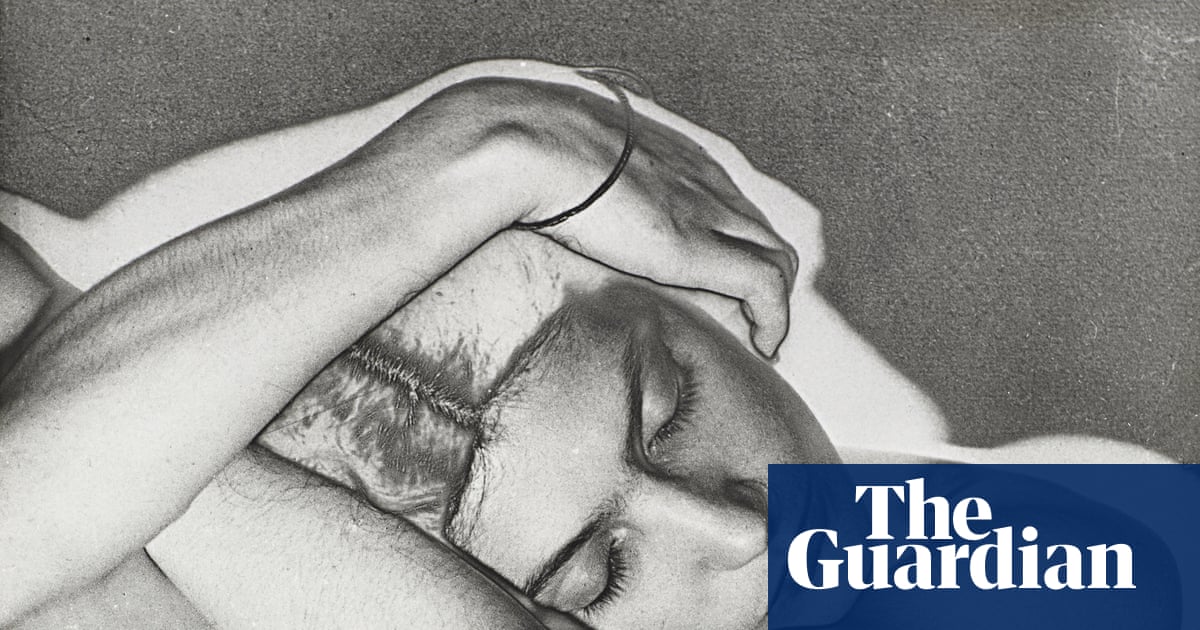
"Max Dupain's transition in the mid-1930s emphasized light, pattern, and relationship in photography, incorporating cropping, framing, and technical experimentation into his work."
"Photographs like 'Homage to Man Ray' exemplify Dupain's experimental use of solarisation and photomontage, creating images that balance between reality and otherworldliness."
"Man Ray's 'Glass Tears' utilizes surrealist elements to evoke themes of permanence, transience, and the sentimentality of human sorrow through its dramatic visual style."
"Both Dupain and Man Ray embraced the tension between traditional portraiture and innovative approaches, allowing for a deeper exploration of subjectivity and artistic expression."
Max Dupain transitioned from pictorialism to modernism in the mid-1930s, prioritizing light, pattern, and relationships in his photography. He incorporated cropping, framing, and technical experimentation, notably using solarisation and photomontage. His work, such as 'Homage to Man Ray,' reflects a blend of reality and the surreal. Man Ray's influence is seen in his own pieces, like 'Glass Tears,' which capture themes of human emotion and impermanence. Both photographers examined traditional and modern portraiture, pushing boundaries to explore deeper meanings and artistic representation.
Read at www.theguardian.com
Unable to calculate read time
Collection
[
|
...
]